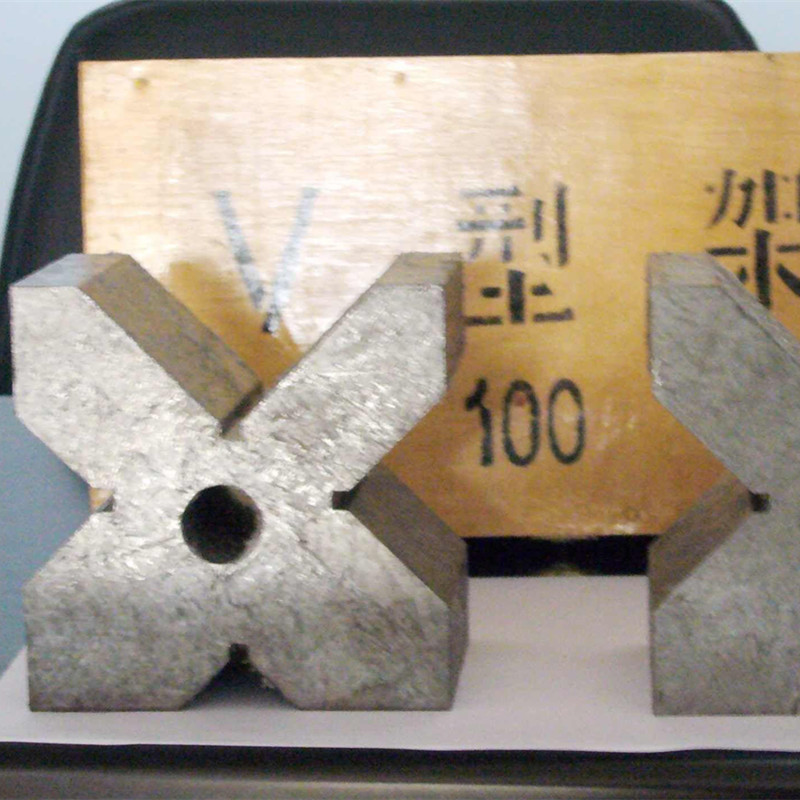Nov . 08, 2024 21:37 Back to list
thread position gauge
Understanding Thread Position Gauge A Comprehensive Overview
In the world of precision engineering and manufacturing, ensuring the quality of threaded components is paramount. One of the vital tools utilized in this process is the thread position gauge. This article will delve into the significance, application, and benefits of thread position gauges, highlighting their importance in maintaining quality standards in various industries.
What is a Thread Position Gauge?
A thread position gauge is a measuring instrument designed to assess the alignment and positioning of threads in a workpiece. It is typically used to determine whether the threads are in the correct location on a component. Any misalignment can lead to issues such as improper fittings, structural weaknesses, and potential failure of mechanical systems. Therefore, accurately measuring thread positions is crucial in ensuring the integrity of the final product.
Types of Thread Position Gauges
There are several types of thread position gauges available, each tailored for specific applications. The most common types include
1. Go/No-Go Gauges These gauges consist of two parts a 'Go' gauge that should fit into the threaded hole and a 'No-Go' gauge that should not. This type of gauge quickly indicates whether the thread is within acceptable limits.
2. Digital Thread Gauges With the rise of digital technology, many manufacturers have adopted digital thread gauges, which provide precise measurements and are often accompanied by data logging features. These allow for accurate tracking of thread quality over time.
3. Mechanical Thread Gauges These are traditional tools that use calibrated threads to check for alignment. They are simple to use but may not provide the accuracy and data-reporting capabilities of their digital counterparts.
Applications of Thread Position Gauges
The application of thread position gauges spans multiple industries
- Automotive Industry In automotive manufacturing, where safety is critical, ensuring the proper alignment of threaded components in engines and other systems cannot be overstated. Misaligned threads can lead to catastrophic failures.
thread position gauge

- Aerospace Industry Similar to automotive applications, the aerospace sector demands impeccable precision. Thread position gauges help ensure that each component meets stringent specifications, contributing to the overall safety and reliability of aircraft.
- Manufacturing and Fabrication Many manufacturing processes involve the installation of threaded components, and gauges are essential for maintaining quality control and minimizing waste.
- Construction In construction, threaded bolts and screws are ubiquitous. Proper measurement tools prevent issues such as structural instability arising from improperly aligned fixtures.
Benefits of Using Thread Position Gauges
Implementing thread position gauges in manufacturing processes offers numerous advantages
1. Quality Assurance Regularly using thread position gauges ensures that each component meets the required specifications, thus enhancing overall product quality.
2. Cost Effectiveness By identifying misaligned threads early in the manufacturing process, companies can save on materials and labor costs that would otherwise be spent reworking defective components.
3. Enhanced Safety In industries where safety is paramount, such as automotive and aerospace, the use of thread position gauges directly contributes to ensuring that products are safe for use.
4. Increased Efficiency The use of these gauges helps streamline the manufacturing process by reducing the time spent on inspections and rework.
Conclusion
Incorporating thread position gauges into the manufacturing and quality assurance processes is essential for industries where precision is vital. These gauges play a pivotal role in guaranteeing the alignment and integrity of threaded components, thereby ensuring that the end products meet safety and performance standards. As technology continues to advance, the evolution of thread position gauges will likely enhance their capabilities, making monitoring thread quality even more efficient and effective. Whether through traditional mechanical gauges or modern digital solutions, ensuring thread quality is a non-negotiable aspect of successful manufacturing.
-
Y Type Strainer Maintains System Efficiency Long TermNewsJul.15,2025
-
Valve Selection Guide for Industrial ApplicationsNewsJul.15,2025
-
Steel Fab Table Provides Durable Work Surface for WeldingNewsJul.15,2025
-
Pad Iron Provides Stable Support for Heavy MachineryNewsJul.15,2025
-
One Inch Check Valve Fits Standard Plumbing SystemsNewsJul.15,2025
-
Measuring Micrometer Ensures Precise Dimensional AccuracyNewsJul.15,2025
Related PRODUCTS









